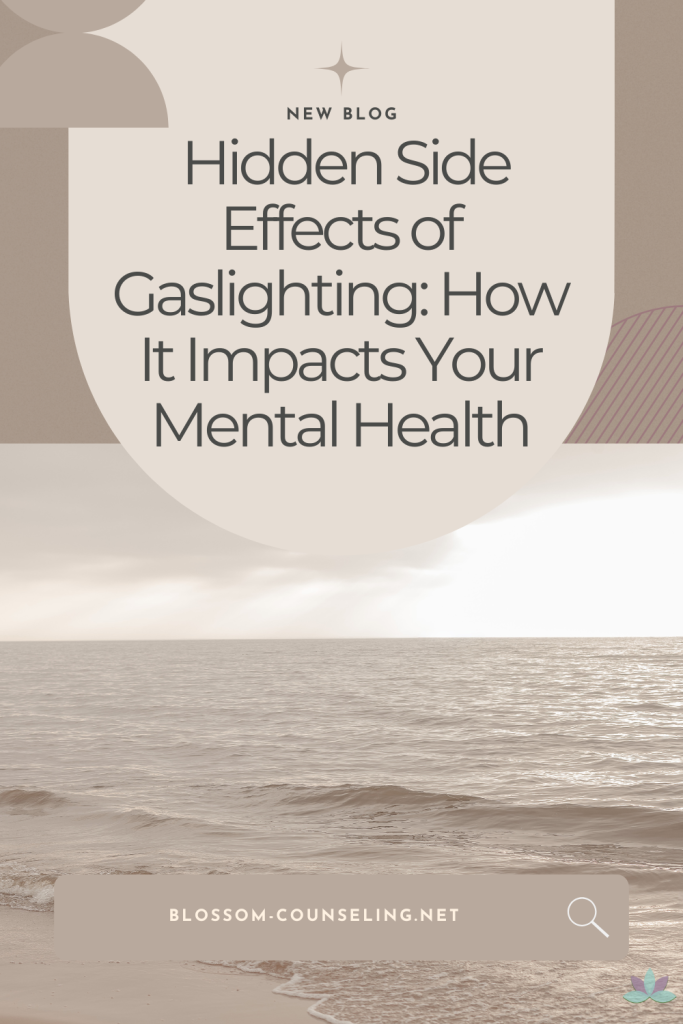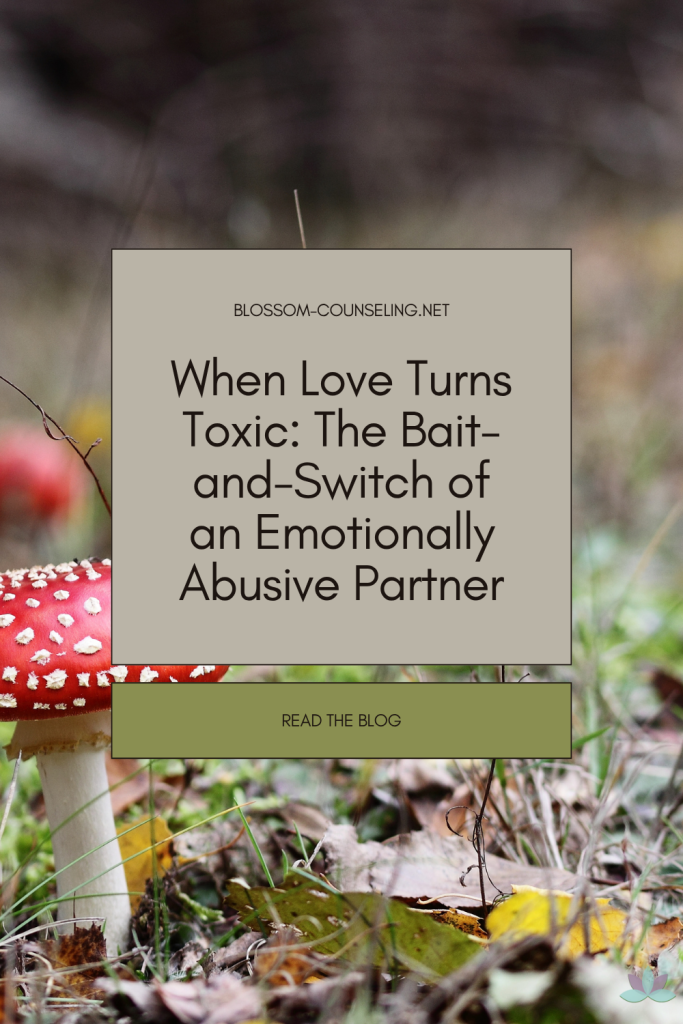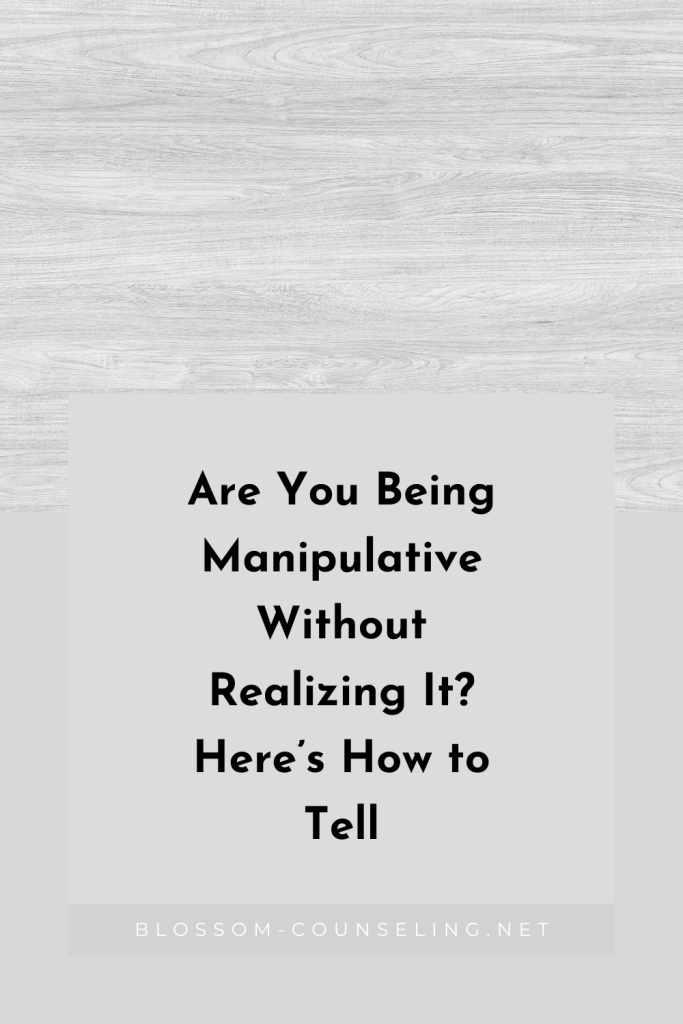Gaslighting isn’t always as obvious as someone telling you you’re “crazy.” Sometimes it’s quiet. Polite, even. It can sound like concern. It can look like love. And that’s what makes it so disorienting.
At its core, gaslighting is a form of emotional manipulation that makes someone doubt their own reality. It can leave you second-guessing your memory, feelings, instincts—even your sanity. Most people associate gaslighting with romantic relationships, but it can happen anywhere: at work, in families, between friends. And it doesn’t always look the same.
Let’s talk about the different forms gaslighting can take—so you can spot it even when it’s wearing a disguise.
1. The “Kind” Gaslighting
This one feels confusing because it comes wrapped in compliments or concern. You might hear:
-
“You’re too sensitive, I was just trying to help.”
-
“I only said that because I care about you.”
It sounds gentle, but the result is the same—you start doubting your reactions, feelings, and needs. Kind gaslighting plays into your desire to be liked or supported, while undermining your ability to trust yourself.
2. The Rewrite
Also known as reality revision. This happens when someone tells you an event didn’t happen the way you remember—or that it didn’t happen at all. Over time, you start wondering if you imagined things.
-
“That’s not what I said.”
-
“You’re remembering it wrong.”
This form of gaslighting chips away at your confidence in your memory and judgment. If someone keeps rewriting your shared history, it might not be about a faulty memory—it might be manipulation.
3. The Blame Shift
This is when someone turns the spotlight on you, even if they were the one who messed up. You bring up something hurtful they did, and suddenly you’re the problem.
-
“If you weren’t always so negative, I wouldn’t get so frustrated.”
-
“Maybe I snapped, but you made me do it.”
Instead of taking responsibility, they spin the story so you end up apologizing for their behavior. It’s exhausting. And it’s gaslighting.
4. The Gaslight by Omission
Sometimes gaslighting isn’t about what’s said, but what’s deliberately left out. Withholding key information, conveniently forgetting details, or pretending something isn’t a big deal—these tactics can make you question whether your concerns are valid.
People using this tactic may never outright lie, but the effect is the same: you’re left confused, uncertain, and often blaming yourself for not being able to “figure things out.”
5. The Public vs. Private Self
This one is especially jarring. Someone treats you poorly in private—ignoring you, criticizing you, controlling your decisions—but seems charming and supportive around others.
-
You start thinking: “If they were really that bad, wouldn’t other people notice?”
-
Or worse: “Maybe I’m the difficult one.”
When your experience doesn’t match how others see someone, it can make you feel invisible and unheard. That internal confusion is exactly what gaslighting thrives on.
6. The “Therapized” Gaslighting
Here’s the modern twist: someone using therapy-speak to invalidate your feelings. It sounds like:
-
“You’re projecting.”
-
“You have unhealed trauma, that’s why you’re reacting this way.”
Of course, therapy language isn’t inherently bad. But when it’s used as a weapon rather than a tool for connection, it can be deeply manipulative. You end up feeling like your emotions are just symptoms—and your concerns aren’t real.
Why Understanding These Types Matters
Gaslighting isn’t just about being lied to—it’s about the erosion of trust in your own inner voice. The more it happens, the harder it becomes to stand firm in your truth. Naming these patterns doesn’t just help you identify unhealthy dynamics—it can also be the first step in finding your way back to yourself.
No one deserves to live in a world where their reality is constantly questioned. Recognizing gaslighting, in all its forms, is a powerful way to reclaim clarity, confidence, and peace.



